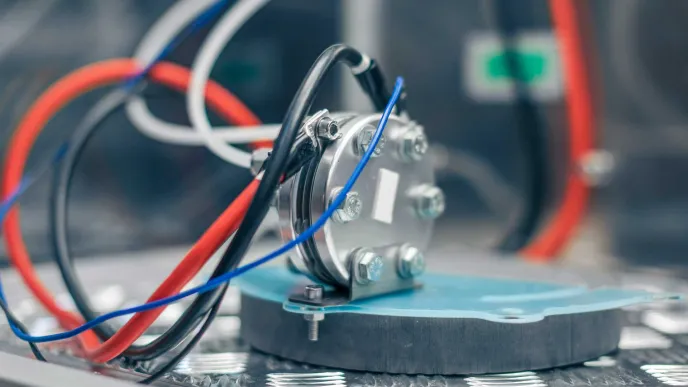Biodiversity is crucial for our planet's health and our survival, providing essential ecosystem services like carbon storage, pollination, and water purification. Agriculture significantly contributes to biodiversity loss through land use, greenhouse gas emissions, and pesticide use. To increase biodiversity in farmlands, agricultural practices must change. Regenerative agriculture is a farming method that benefits both nature and the farmer. Its purpose is to collaborate with nature to create sustainable farming systems, focusing on soil health. Healthy soil, in turn, supports ecosystem services, boosts soil biodiversity, recycles nutrients, stores carbon, improves water management, and protects plants naturally, reducing the need for chemical use.
Tracking farmland biodiversity restoration requires accurate measurement tools like Life Cycle Assessment (LCA), which estimates potential biodiversity loss. LCA models use characterization factors to translate the impact of activities, like the amount of land used for agriculture into the potential loss of species. Current models are based on conventional farming practices and thus need updating with data from various land types including regenerative farms, but traditional biodiversity monitoring is time-consuming and costly. Environmental DNA (eDNA) offers a more efficient method for collecting genetic material from the environment to identify organisms. eDNA technology identifies DNA traces from soil, water, feces, or air, requiring fewer resources and expertise than traditional methods.
This project uses eDNA to measure biodiversity across different landscapes in Southern part of Finland, improve LCA methods, and accurately assess the impacts of regenerative farming. Samples from various landscapes, including regenerative and conventional farms as well as traditional rural biotopes, help develop new LCA characterization factors to evaluate biodiversity impacts of regenerative farming.
Goals
- Creating a sampling strategy to take eDNA samples from conventional and regenerative crop fields and pastures as well as traditional rural biotopes as a representative of a semi-natural reference point. Samples will be collected during August and the beginning of September in 2024 and they will be sent to a laboratory where they are analysed, and the presence of various species are identified.
- Using the eDNA results new regenerative farming specific characterization factors for LCA will be developed. These factors will be created using available scientific equations with the gathered eDNA data on species richness. The possibility to include also other biodiversity indicators (such as the abundance of species) will be investigated.
- The new characterization factors will be tested by conducting an LCA study on a real farm practicing regenerative agriculture in Finland. Real farm data will be collected and the improved characterization factors will be applied to test the accuracy of the improved method.
2/2024–1/2028
Project funding:
Kone Foundation
Project manager

Natasha Järviö
Links
Project staff

Ville Uusitalo

Jasmine Savallampi
Partners




